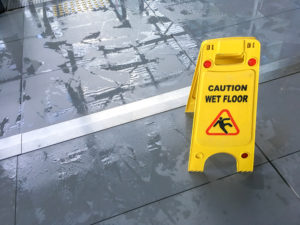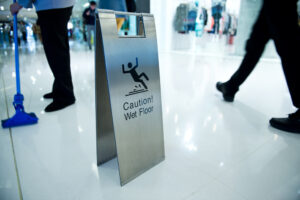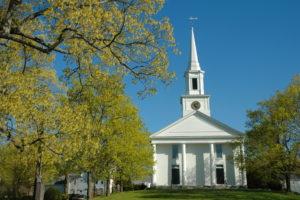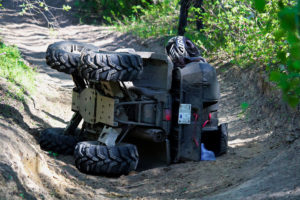Six people suffered injuries when a tree fell on their tour vehicle at Zootastic Park in Troutman, North Carolina (NC). One woman’s head injuries were so severe that she needed to be flown 40 miles to the south to a hospital in Charlotte for emergency surgery. Two other tree-fall victims, one of whom was identified as young child, were transported to local hospitals in Iredell County.
An estimated 50 visitors were aboard to the two-car wagon when the 112-foot tree came down in a gust of wind and landed on the linkage between the cars. Speaking with television station WBTV, Zootastic Park’s owner said, “There’s two miles of road here and 10,000 trees, so it’s a very freak accident.”
In actuality, nearly everything about this near-tragedy except the tree’s point of impact could be predicted. The incident may have been preventable, as well.
Trees topple all the time due to storms, soil saturation, disease, and old age. They often land on vehicles and pedestrians, to say nothing of the damage they do to buildings and the people inside those structures. For this reason, property owners and facilities managers have legal duties to identify and remove trees that are in danger in falling and injuring or killing someone. As a North Carolina personal injury lawyer, I have been trained to call this duty “premises liability.”
A useful, one-sentence definition of premises liability that my colleagues and I have used elsewhere goes like this: “If you are not trespassing and are legally on the premises, a property owner has a duty to act as a reasonable person would under the circumstances and maintain a safe premise.” Violating the duty to protect visitors by removing or mitigating dangers makes a property owner or manager responsible for paying medical bills for treating injuries that result.
Amusement park and wildlife park operators have considerable premises liability. They must secure the property and any rides or attractions. Most do a good job, but the results of seemingly small lapses in attention to detail too often end with visitors getting disabled or killed.
Trees in a park do raise potentially difficult questions, however. In order to file and collect on personal injury insurance claims against Zootastic Park’s management, the injured wagon passengers would need to prove that tree was on private property. It may also be necessary to show that park managers knew, or should have known, that the tree could fall in winds that were not strong enough to require closing the attraction to visitors.
EJL















Comments for this article are closed.